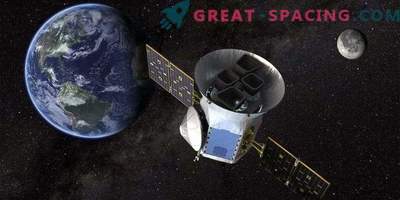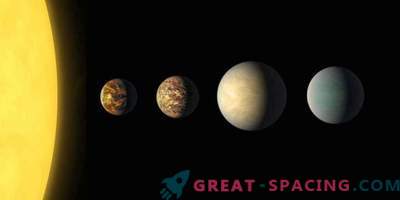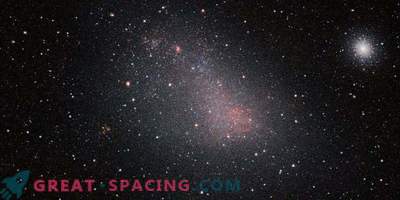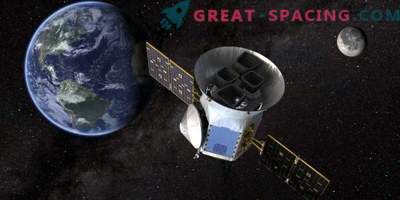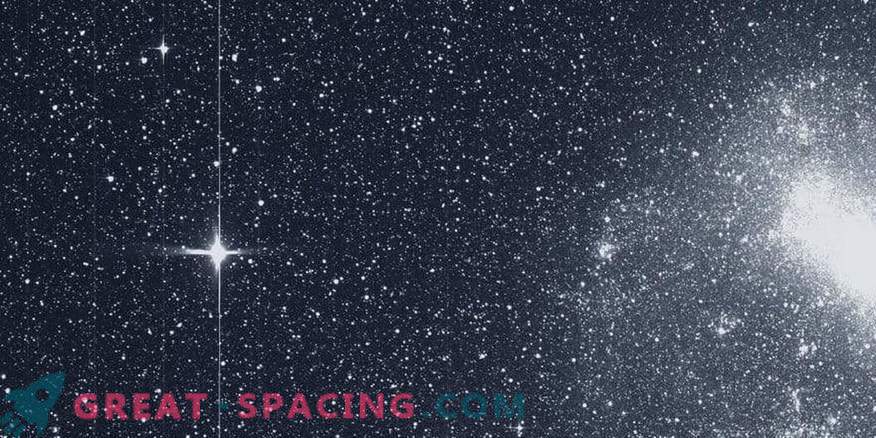
The TESS satellite received this image of the Large Magellanic Cloud (right) and the bright star R Golden Fish (left) on August 7, 2018
NASA's newest planetary hunter TESS now provides valuable insights to help scientists discover and explore new exoplanets (worlds outside the solar system). Part of the data from the initial space orbit includes a detailed picture of the southern sky, obtained by four spacecraft spacecraft. This first light caught many stars and other objects, including unknown worlds.
The TESS satellite extracted the image using four cameras during a 30-minute session on 7 August. The four lines in the image represent the gaps between the detectors of the camera. Snapshots include portions of a dozen constellations from Capricorn to the Painter, including the Magellan Clouds. The small point above the Small Magellanic Cloud is the NGC 104 globular cluster (Tukan 47). The stars Beta Crane and R Golden Fish are so bright that they saturate a whole column of pixels on the detectors of the second and fourth cameras.
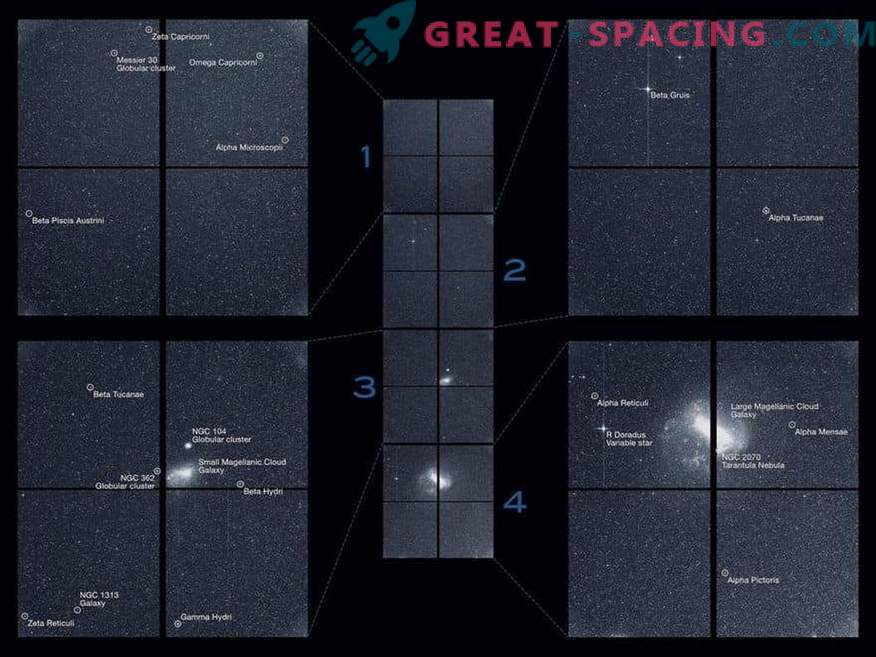
The TESS satellite received this band of stars and galaxies in the southern sky during the 30-minute period on August 7, 2018. Created by combining a view from all four cameras, this is the first light of a satellite that is used to identify planets around alien stars. On the territory you can also notice the Magellan Clouds and the globular cluster NGC 104 (47 Tucana). The brightest stars are Beta Crane and R Golden Fish
Created by the Lincoln Laboratory at the Massachusetts Institute of Technology (MIT), cameras control large sky stripes in search of transits. These are events where the planet passes in front of the native star and causes a regular reduction in brightness. TESS will spend 2 years monitoring 26 such sectors (13 sectors in the southern and 13 in the northern sky) for 27 days each. Due to this, it will be possible to cover 85% of the sky.
TESS transmits images every 13.7 days, since during these periods the satellite is located closest to Earth. NASA’s ground-based space network receives and sends data to the MIT Operations Support Center for initial assessment and analysis. Full data processing takes place at the Ames Research Center in Silicon Valley (California). The TESS satellite is based on the legacy of NASA's Kepler spacecraft, which also uses transits to search for worlds. TESS target stars are 30-300 light years away and 30-100 times brighter than Kepler sources (300-3000 light years). The brightness of the TESS targets makes them ideal candidates for further research using spectroscopy.
James Webb’s future space telescope and other space and ground observatories will use spectroscopy to learn more about TESS sources found, including their atmospheric compositions, masses, and density. TESS also has a TESS Guest Investigator program that allows the wider scientific community to conduct research using satellite.



